Classical dancer Kalamandalam Sathyabhama is caught up in the eye of the storm with her unabashed colourist and casteist comments indirectly shot at RLV Ramakrishnan, brother of the late veteran South Indian actor Kalabhavan Mani. According to her, the much beloved classical South Indian dance form Mohiniyattam should be performed only by ‘fair skinned, good-looking men’ and preferably young men.
According to her, the much beloved classical South Indian dance form Mohiniyattam should be performed only by ‘fair skinned, good-looking men’ and preferably young men.
In addition, she also covertly pointed at the Mohiniyattam practices of a male artist from Chalakudy and how his ‘crow-colored dark skin’ is repulsive. She shared these views on a YouTube channel interview and these footages went viral within moments of its release. Compounding to the huge backlash she is receiving from Kerala society, the State Human Rights Commission has initiated a Suo Moto case against her.
‘People who perform Mohiniyattam should have the attractive figure of a Mohini. This man (Ramakrishnan) has the colour of a crow. Mohiniyattam is an art form that has to be performed with one’s feet apart. Nothing is as disgusting as to see a man performing Mohiniyattam with his legs crossed. In my opinion, if Mohiniyattam has to be performed by men, then they should be extremely good-looking. There are good-looking boys too. But this man (Ramakrishnan) performing Mohiniyattam will not be tolerated even by God or his mother,’ said Sathyabhama.
When the controversy broke out, Sathyabhama defended herself saying that she was just quoting the principles stated in Natyashastra and that she never meant to insult anyone. Her comments have literally shaken the very core of Malayali psyche and taken everybody by surprise on how dark the feudal mindsets work even in these times. The interesting aspect regarding this news event is that innumerable people from multiple corners have come forward to condemn her comment.
Mass backlash at Sathyabhama
Kerala Higher Education Minister R. Bindu called out Sathyabhama’s comments as ‘a decayed feudal mindset’ and that the society should react to these with the much needed retaliation that it deserves. She also said that RLV Ramakrishnan through his performance of Mohiniyattam has elevated it from a system of objectifying the female body to something more sublime. Leader of the opposition V.D. Satheesan wrote on social media that caste and colour prejudices have no place in art. Meanwhile, the Minister for Culture Saji Cherian demanded that Sathyabhama should apologise for her remarks.
Kerala Higher Education Minister R. Bindu called out Sathyabhama’s comments as ‘a decayed feudal mindset’ and that the society should react to these with the much needed retaliation that it deserves.
Meanwhile, this controversy also led way to confusion and misunderstanding of identities, since the concerned perpetrator of racist comments, Sathyabhama and the renowned artiste, the late Mohiniyattam guru Kalamandalam V. Satyabhama both bear the same name. The latter Kalamandalam V. Satyabhama was the first woman principal of Kerala Kalamandalam and the recipient of many national awards.
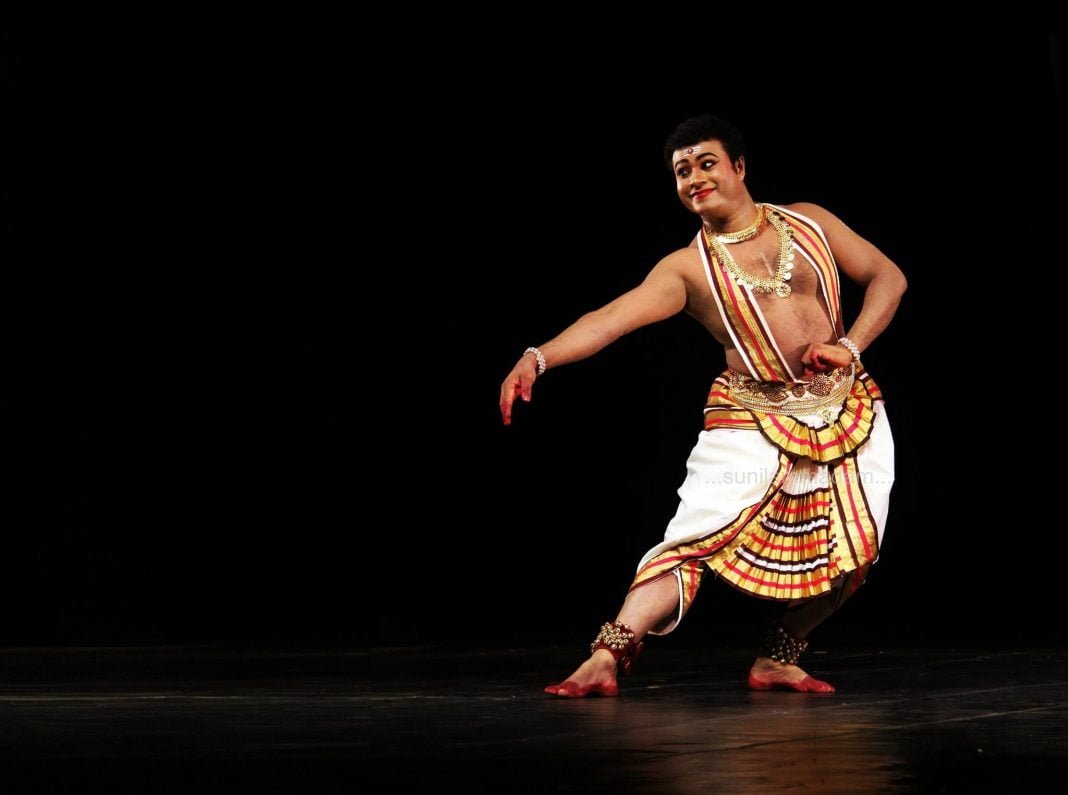
Many people and reporters contacted the family of the latter mistakenly, but the family has condemned the incident wholly. Kerala Kalamandalam has also completely denounced her statements and distanced itself from her, saying she is just an alumna. The prestigious institution also added that she should not use such an honourable prefix before her name, given the present context of events.
‘Kerala Kalamandalam condemns the statements and reactions from Kalamandalam Sathyabhama. Adding Kalamandalam to the name of people who make remarks unbecoming for a civilised society is a blight on the institution. It is hereby declared that other than being an alumina this person has no connection with Kerala Kalamandalam’, the press release signed by Registrar and Vice-Chancellor said.
In between these, it is also true that at least some of these backlash statements were made and excited by the heat of the upcoming Lok Sabha elections. Otherwise, this might have fired in a series of arguments and counterarguments, raising a debate with no visible conclusion. For instance, the actor, politician and BJP candidate, Suresh Gopi has tried to gain much without wetting his hands when he invited RLV Ramakrishnan to perform at his ancestral temple festival for a ‘reward’, while he was not willing to take sides.
His statement was a double-edged sword since by this, he could gain the votes of oppressed caste Hindus and Dalits without giving up the vote of the upper caste. Wisely enough, RLV Ramakrishnan declined the offer saying he had another function on the same day. He openly expressed his agitation saying that he would rather perform and protest against her comments on the streets.
Reaction of RLV Ramakrishnan
Being the brother of the famous deceased actor Kalabhavan Mani, Ramakrishnan is no stranger to the cultural community of Kerala. These brothers have always won heart through their artistic performance and charity. Adding to this, Kalabhavan Mani, his deceased elder brother had many times openly shared his experiences of racial discrimination. Filmmaker Vinayan verifies these issues faced by actor Kalabhavan Mani.
Initially, Ramakrishnan responded to the media when the reportage about the derogatory comments went viral, identifying himself as the unnamed man in her interview response. Her mention of a ‘Chalakudy Mohiniyattam artist’ is a direct testimony to it. He responded to this by saying that no mother could disown her child looking at the skin colour and declined her claim that only beautiful women should perform Mohiniyattam.
‘Mohini’ as per the legendary tale, is Lord Vishnu incarnated as a beautiful woman to trap and kill the asuras or demons. Therefore, he argued that, then refuting Sathyabhama’s appeal, men can dress as women to perform the dance. Moreover, he added that Sathyabhama’s issue with him has a history from when he was a student at the institute which was settled at court and she sprang up with the present issue based on this delibration.
RLV Ramakrishnan is not an ordinary artist but a master in Mohiniyattam. Far from Sathyabhama’s flippant claim that he ‘learnt something somewhere’, he has a diploma, post-diploma, an M.Phil., NET and Ph.D. in Mohiniyattam. Moreover, he has taught this dance form to students at Sree Sankaracharya University of Sanskrit and RLV College as a guest faculty for 15 years. In his own words, ‘I eat, sleep and breathe this art from for the past many years. I trained under my guru RLV Anand sir from the earlier days. Thankfully, colleges like RLV and Sanskrit University offered the course to men too’.
He responded to this by saying that no mother could disown her child looking at the skin colour and declined her claim that only beautiful women should perform Mohiniyattam.
He also added that his doctoral thesis on Aattathinte Aanvazhikal (The Path of Men in Dance) was selected to explore why and how men relate to dance and specifically to this art form, Mohiniyattam. He ends his response by referring to the many obstacles he had to face and still encounters because of his caste identity and reminds the listeners to understand the struggle people have to undergo owing to their caste and origin.

The casteist treatment meted out on RLV Ramakrishnan shows us the precarity of Dalit/Bahujan/Adivasi artists in cultural circles. Recently, Carnatic musician and vocal anti-caste activist TM Krishna also received casteist hate from singer duo Rajani-Gayatri after being awarded the Music Academy’s Sangita Kalanidhi award. It is unfortunate and unacceptable that such behaviour and backward thinking still continue to operate even now. The weaponisation of caste and race as a tool to demean and discriminate is unbecoming in a modernised and supposedly “cultured” society. It evidently points to the masked hypocrisy prevailing in elite art and culture circles.
For Jassie Gift, the South Indian music composer and singer who had faced and continues to experience colourist discrimination, this is a frequent experience, from when his debut song ‘lajjavathiye’ in the film 4 The People
was released in 2004 to a few days back when he was misbehaved with by a college principal in an invited programme. He is also a talented singer who revolutionised Malayalam songs with his new techniques and experimentation. He, too, was singled out many times just because his musical style could not be digested by the masters of Malayalam Sastriya Sangeetham.
His appearance, skin colour and caste background have been commented on and discussed in a highly demeaning manner. These led him to leave the Malayalam industry and flourish in South India. As reflexive, this cycle of behaviour continues in new forms and under different reasons and casteist discrimination in still perpetuated by people who call themselves “artists”.
About the author(s)
Vidhu (she/her) is an emerging writer with Masters in English language and literature, keen on learning the politics of the world around her. She has dreams to create a career in journalism and writing, where she unburdens her self. She has a great taste for movies from varies geographical spans and pens down poetry in magical charms. She is open to projects or research centring on humanities.
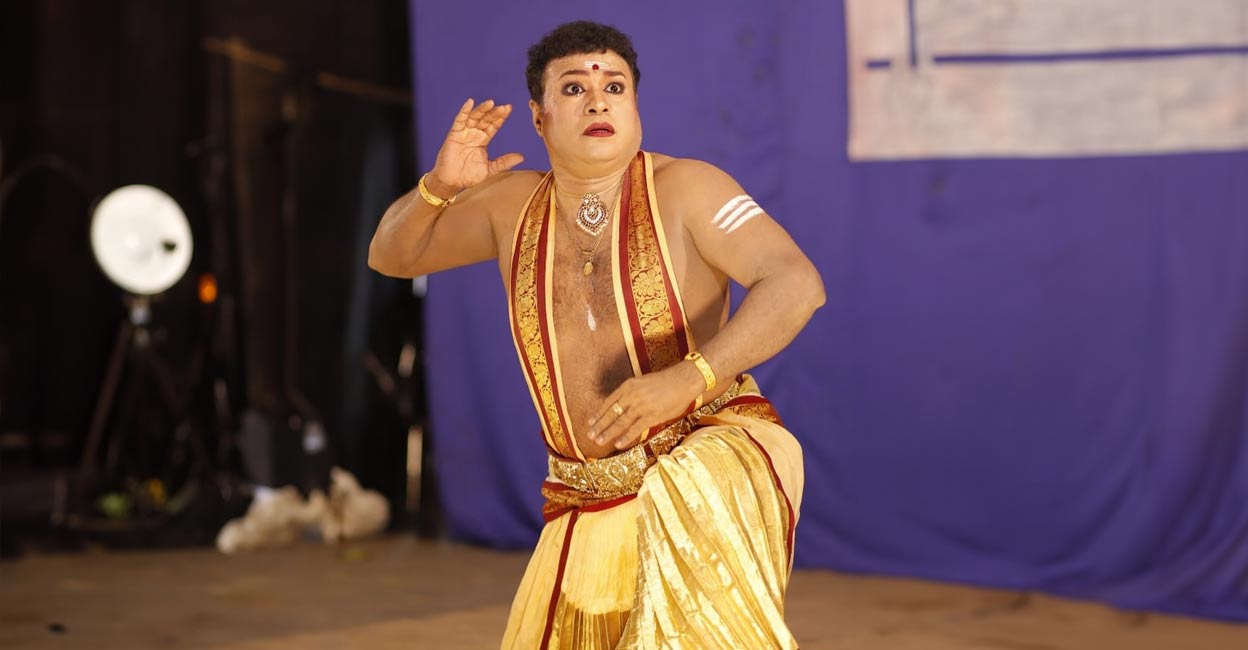
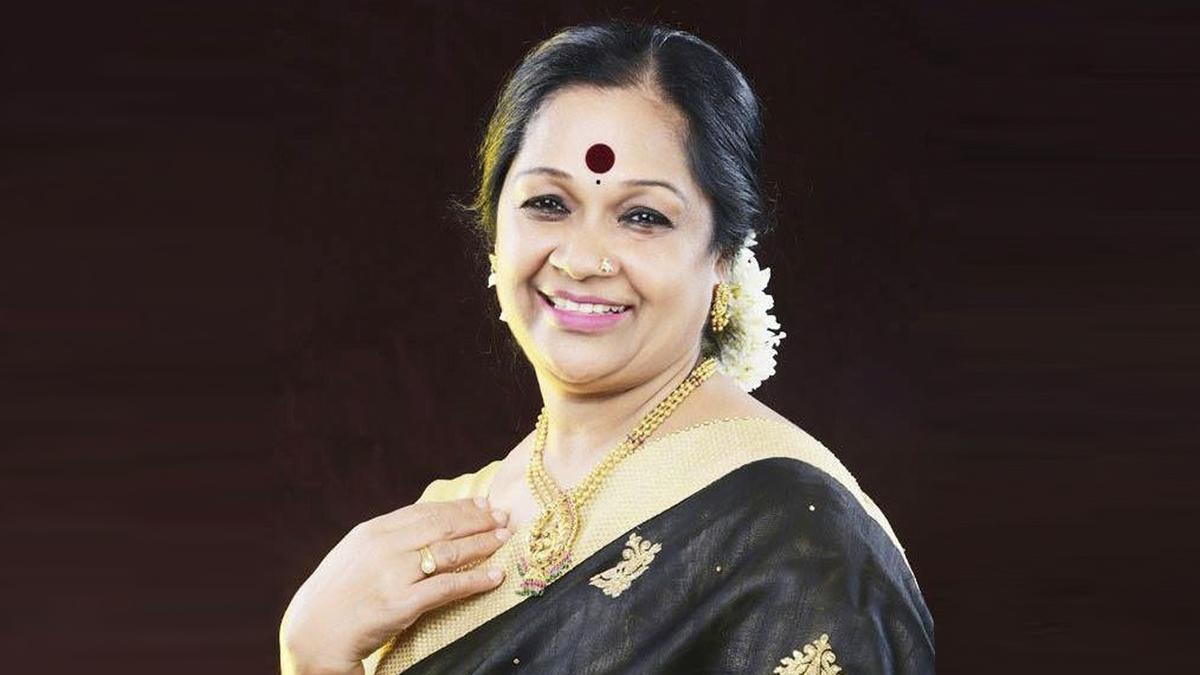
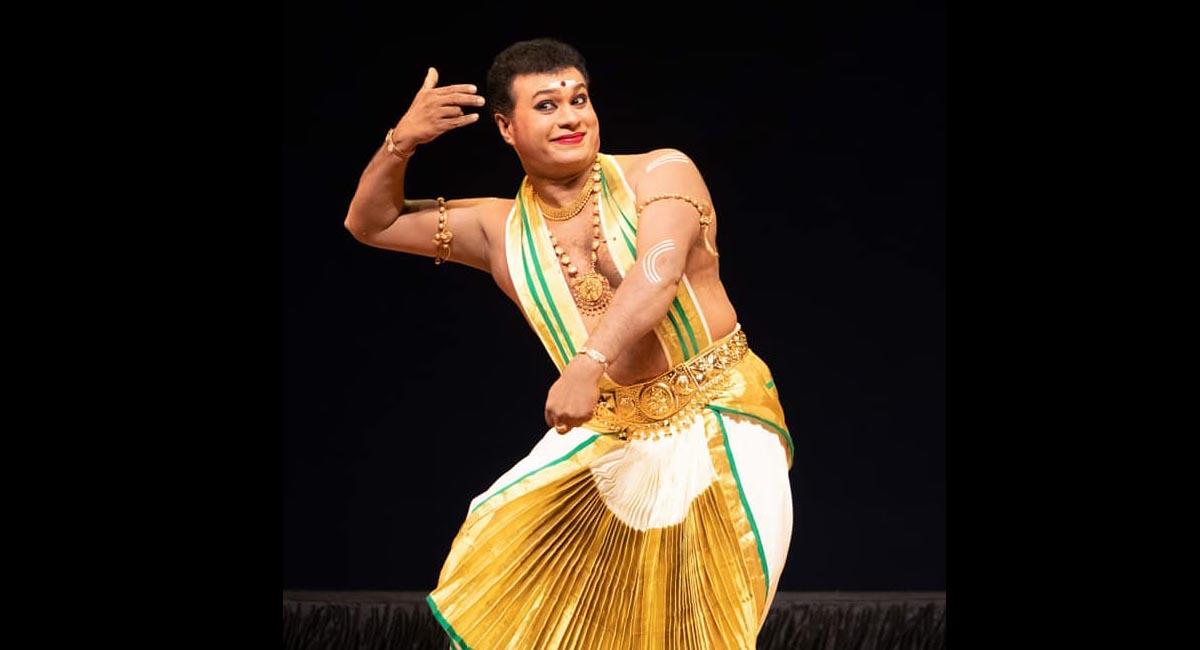


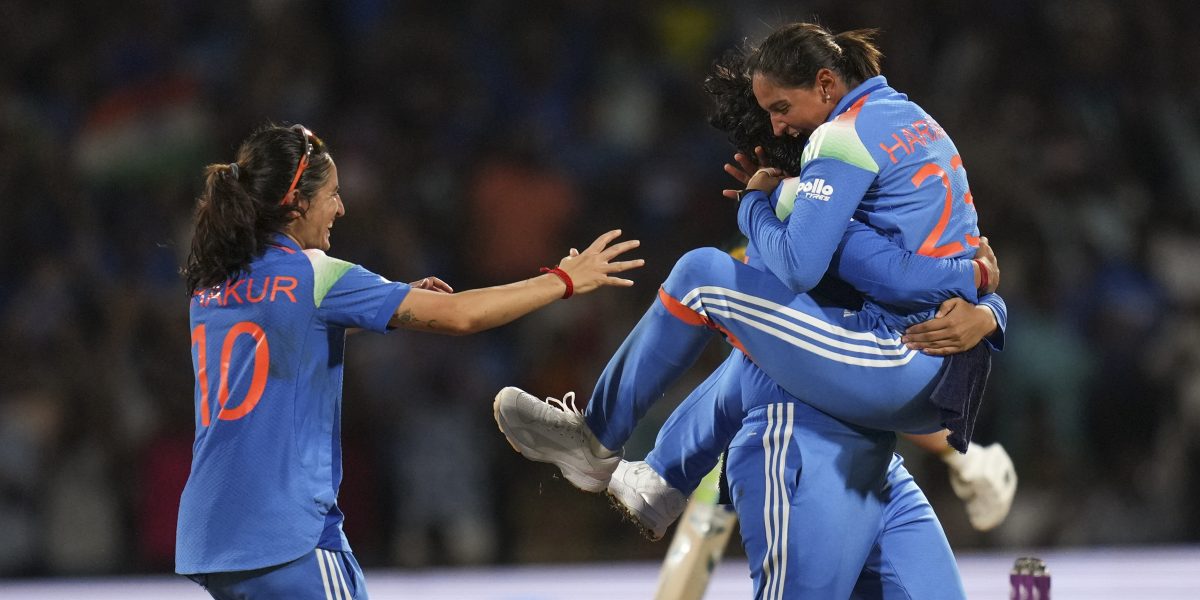
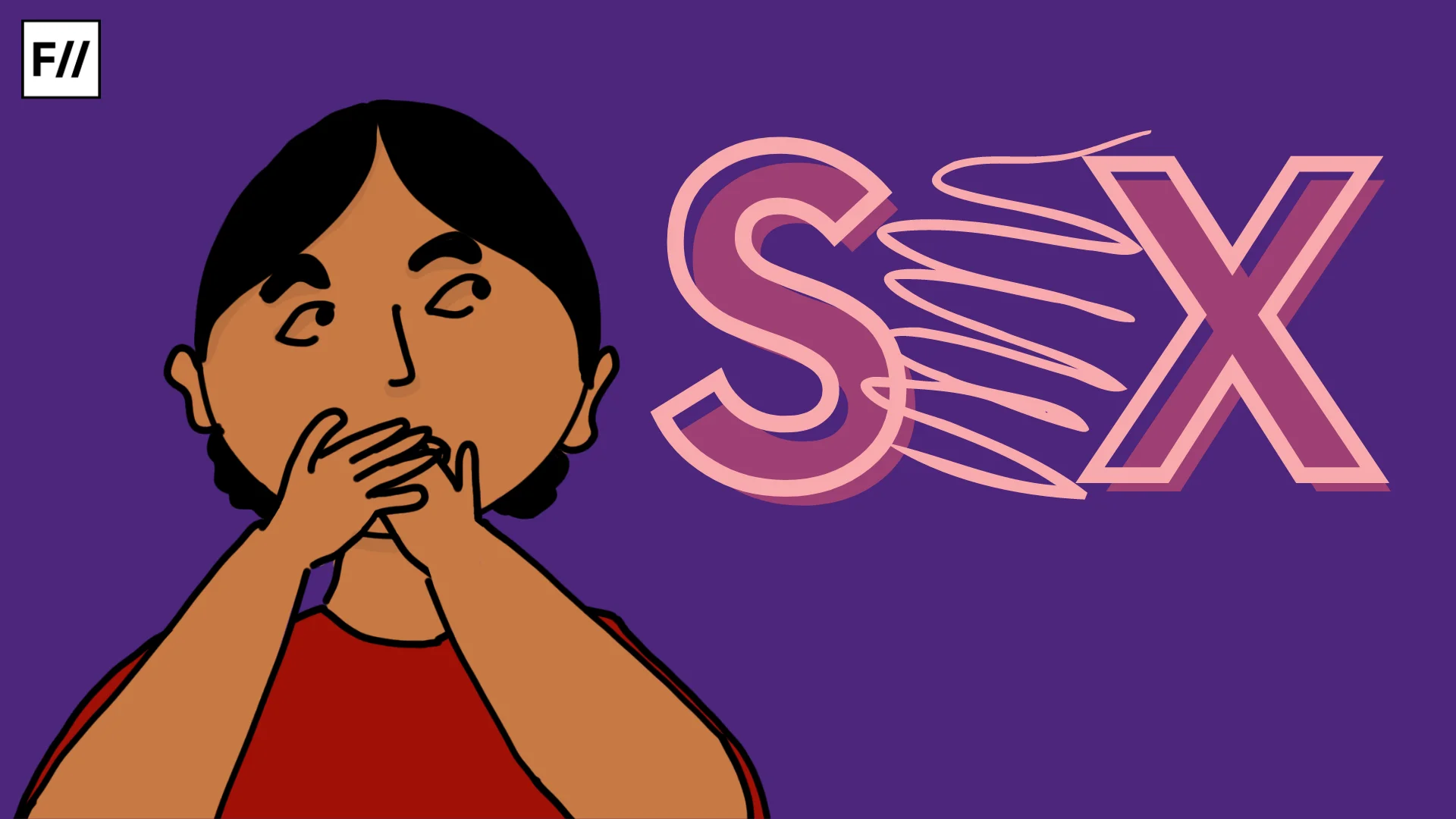


It is time to liberate art from elite circles… Art is for ALL. It belongs to everyone whether one is white or brown or black.